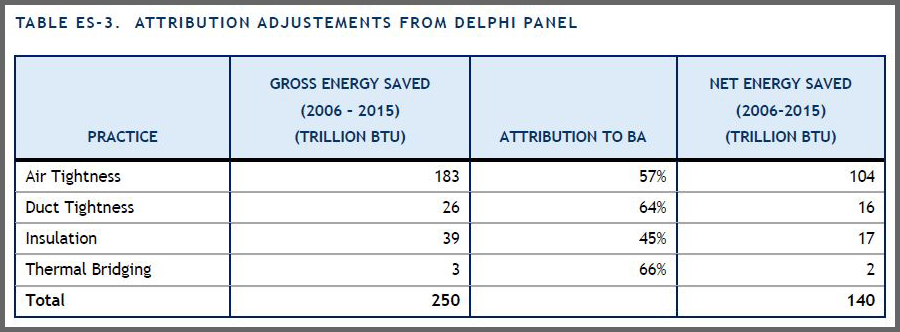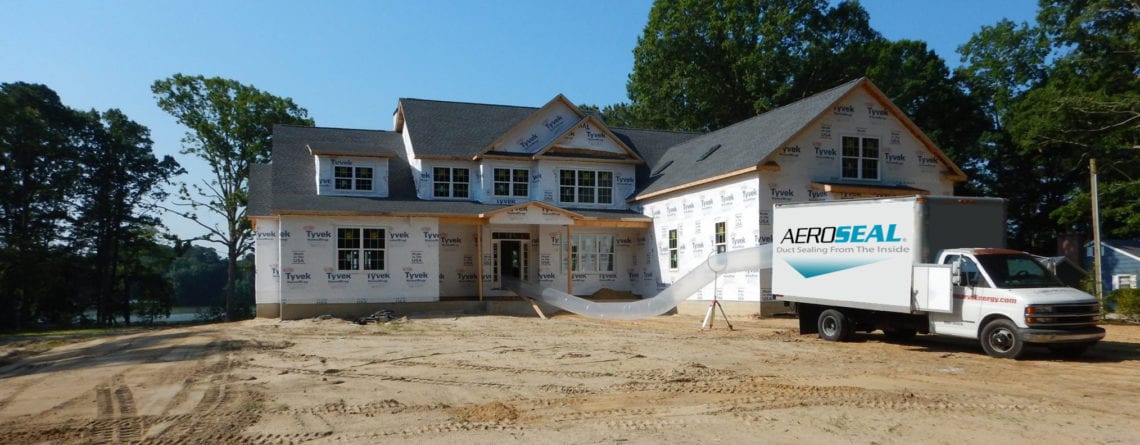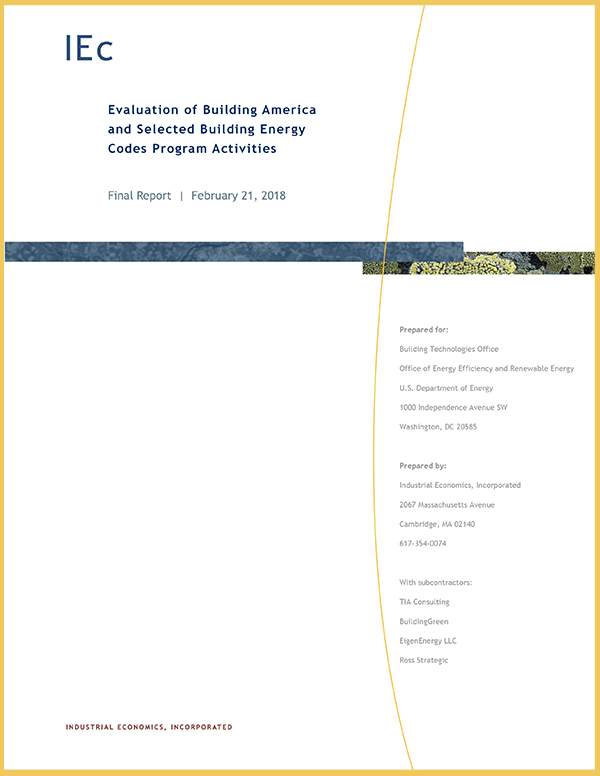Duct Sealing Contributes to Energy Savings in Residential New Construction, DOE Reports
Recently, the DOE Building Technologies Office released its Evaluation of Building America and Selected Building Energy Codes Program Activities (prepared by IEc), and it revealed four energy-efficient building practices that have contributed to millions of dollars saved in the residential new construction market:
- Airtightness
- Duct Tightness
- Envelope Insulation
- Thermal Bridging
The following table from the report shows the energy savings in BTUs and the attribution to Building America. It’s exciting to see duct tightness in the ranks and at a time when building codes for duct tightness are changing and growing in adoption.

Some have called 2018 the “Year of the Duct.” Check out these code changes:
SPC 215: “This standard specifies a method of test to determine leakage airflow and fractional leakage of operating HVAC air distribution systems, and determines the uncertainty of the test results” (http://spc215.ashraepcs.org)
California Title 24: “The California Title 24 Building Energy Efficiency Standards are designed to ensure new and existing buildings achieve energy efficiency and preserve outdoor and indoor environmental quality. These measures (Title 24, Part 6) are listed in the California Code of Regulations. The California Energy Commission is responsible for adopting, implementing and updating building energy efficiency. Local city and county enforcement agencies have the authority to verify compliance with applicable building codes, including energy efficiency” (http://www.energy.ca.gov/title24).
ASHRAE 189.1: “Standard 189.1 provides total building sustainability guidance for designing, building, and operating high-performance green buildings. From site location to energy use to recycling, this standard sets the foundation for green buildings by addressing site sustainability, water use efficiency, energy efficiency, indoor environmental quality (IEQ), and the building’s impact on the atmosphere, materials and resources”(https://www.ashrae.org/resources–publications/bookstore/standard-189-1).
ASHRAE Handbook: See the following chapters focus on duct design and construction:
- 02 Fundamentals | 21 Duct Design
- 02 HVAC Systems and Equipment | 19 Duct Construction
SMACNA HVAC Duct Construction Standards, 4th edition: Read about this code update for duct tightness that went into review last year. Anticipation is building for what’s next.
IECC 2018: With the typical time difference between code development and code adoption being three years, watch for many builders and building code authorities to adopt IECC 2012/2015.
Want to learn more about the changing and growing building codes? BPI Technical Director John Jones will be sharing insights into cracking the new codes in an upcoming live webinar. Learn more and register for the live event now.



![[ HPAC Engineering Report ] Fan Selections and Their Energy Impacts](https://aeroseal.com/wp-content/uploads/2017/08/Article-AA-Photo-main-450x231.png)



